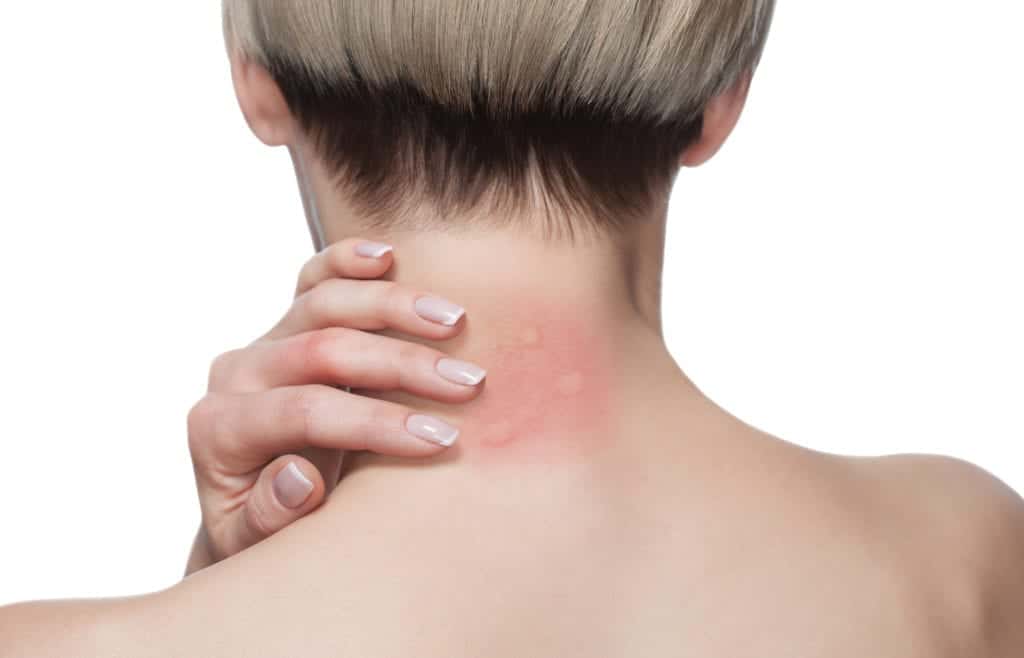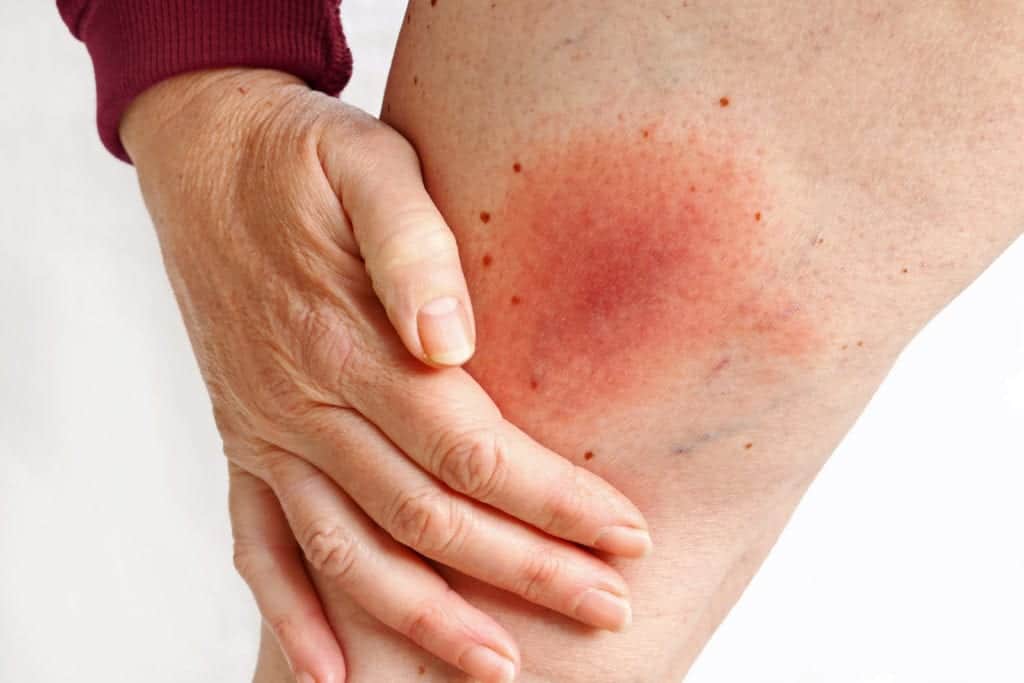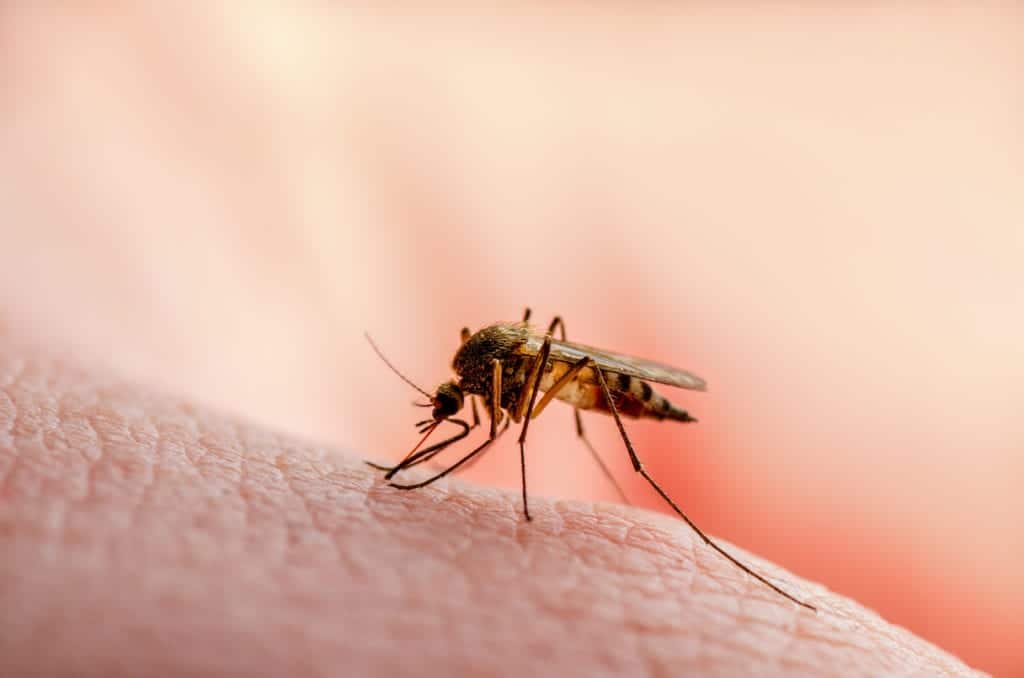Health Concerns of Pests – Part 1
Health Concerns of Pests – Part 1
This Health Concerns Post Series breaks down some of the most common pests and the various medical issues they can cause. In this blog, we breakdown: Mosquitos and Ticks.
Mosquitos
Mosquito transmitted diseases account for several million deaths worldwide each year, making it one of the deadliest creatures on Earth. There are an estimated 3,200 different species of mosquitoes, 174 of which can be found in the United States. These nasty invertebrates are vectors of disease, some of which are extremely detrimental, and even potentially deadly to humans. The following are the 4 most common mosquito-transmitted diseases: 1. Malaria – Malaria is arguably the most infamous mosquito-borne disease. It is known for being carried in Anopheles, one of the most common mosquitos in United States. Classically, malaria presents in three stages, a cold/shivering stage, a hot/fever stage, and lastly a sweating stage. In some cases, malaria can become very severe and can even be fatal. Luckily, unlike some mosquito-transmitted diseases, malaria can be prevented, treated, and cured. 2. Yellow Fever – While uncommon in the United States, Yellow Fever can be contracted from visits to tropical areas in both South America and Africa. The two mosquitos most well-known for carrying and transmitting the virus are the Aedes and Haemagogus. Once infected, both people and primates can pass on the infection to mosquitos prior to becoming symptomatic and for roughly 5 days after. While there is no cure for this acute hemorrhagic viral disease, a highly effective vaccine is available that can offer life-long protection in a single, affordable dose. 3. West Nile Virus – Luckily, most people who are infected with West Nile virus will fully recover, although some serious infections can attack the neurological system resulting in encephalitis (inflammation of the brain), causing complications and potentially permanent neurological debilitation. Currently, no vaccine or antivirals exist to eliminate West Nile, and risk of infection increases substantially during the summer months as mosquitos are more active during the warm weather. 4. Zika Virus – Zika was first discovered in primates in Uganda back in 1947 and wasn’t recognized in humans until 1952. It is transmitted by the Aedes species of mosquito and most common in tropical and subtropical regions. Luckily, most people who contract the Zika virus will either have no symptoms, or very mild symptoms such as fever, aches, rash, joint pains, headache, or conjunctivitis. This virus is particularly detrimental to pregnant women and their fetus’ – potentially causing a slew of birth defects, miscarriage, or stillbirth. Unfortunately, there is neither a vaccine nor any cure for Zika virus at this time. 
Ticks
Mosquitos may be the most infamous insect vectors of disease, but ticks are not far behind. In fact, probably one of the main reasons why their negative medical impact is not considered as high is merely because it is easier to avoid them due to their lack of flight as arachnids. Some of the most commonly transmitted diseases from ticks include Lyme disease and Rocky Mountain Spotted fever, and just these two diseases alone can wreak a significant amount of havoc. According to the CDC, in just a single year, new cases of just Lyme disease alone are reportedly between 30,000 – 300,000. In addition, these arachnids can also pass Heartland virus, Colorado tick fever, Bourbon virus, Powassan disease, Tularemia, Rickettsiosis, Ehrlichiosis, Babesiosis, Anaplasmosis, and more. The Centers for Disease Control and Prevention (CDC) reported that annual cases of tickborne diseases doubled between 2004 and 2018. Then, in an online research study conducted by Advanced Symbolics, it was discovered that there has been an additional 11.4% spike in tick problems from January 2018 to May 2019. Throughout these swells in infection rates, scientists discovered 7 new tickborne diseases, making these pests a major health concern. 
Protecting Yourself
The most effective Way to protect yourself and your family from potentially dangerous bites from these pests is by scheduling routine Mosquito and Tick Treatments. Our technicians provide full inspections of your yard, eliminating breeding areas for mosquitos and applying with eco-friendly treatments. 
Citations
Diseases Transmitted by Ticks – In the U.S. (2020) Centers for Disease Control and Prevention. The U.S. Department of Health and Human Services. The National Center for Emerging and Zoonotic Infectious Diseases – Division of Vector-Borne Diseases. Available at: https://www.cdc.gov/ticks/diseases/index.html (Accessed: September 2020). Guide to Different Tick Species and the Diseases They Carry (2019) Mayo Clinic. Mayo Foundation for Medical Education and Research. Available at: https://www.mayoclinic.org/tick-species/sls-20127911 (Accessed: April 2020). Malaria (2019) Harvard Health Publishing. Harvard University. Available at: https://www.health.harvard.edu/a_to_z/malaria-a-to-z (Accessed: July 2020). Malaria (2020) Centers for Disease Control and Prevention. U.S. Department of Health and Human Services. Available at: https://www.cdc.gov/parasites/malaria/index.html (Accessed: July 2020). Malaria (2020) World Health Organization. Available at: https://www.who.int/news-room/fact-sheets/detail/malaria (Accessed: July 2020). Mosquito-Borne Diseases (2016) Centers for Disease Control and Prevention. National Institue for Occupational Saftey and Health. Available at: https://www.cdc.gov/niosh/topics/outdoor/mosquito-borne/default.html (Accessed: April 2020). Mosquitos (2019) National Geographic. National Geographic Partners. Available at: https://www.nationalgeographic.com/animals/invertebrates/group/mosquitos/ (Accessed: April 2020). West Nile Virus (2020) Centers for Disease Control and Prevention. U.S. Department of Health and Human Services. Available at: https://www.cdc.gov/westnile/index.html (Accessed: July 2020). West Nile Virus (2018) Mayo Clinic. Mayo Foundation for Medical Education and Research. Available at: https://www.mayoclinic.org/diseases-conditions/west-nile-virus/symptoms-causes/syc-20350320 (Accessed: July 2020). Yellow Fever (2019) Centers for Disease Control and Prevention. U.S. Department of Health and Human Resources. Available at: https://www.cdc.gov/yellowfever/index.html (Accessed: July 2020). Yellow Fever (2019) World Health Organization. Available at: https://www.who.int/news-room/fact-sheets/detail/yellow-fever (Accessed: July 2020). Zika Virus (2019) Centers for Disease Control and Prevention. U.S. Department of Health and Human Services. Available at: https://www.cdc.gov/zika/ (Accessed: July 2020). Zika Virus (2018) World Health Organization. Available at: https://www.who.int/en/news-room/fact-sheets/detail/zika-virus (Accessed: July 2020).
Request a Free Quote Today
(We do not share your data with anybody, and only use it for its intended purpose)
